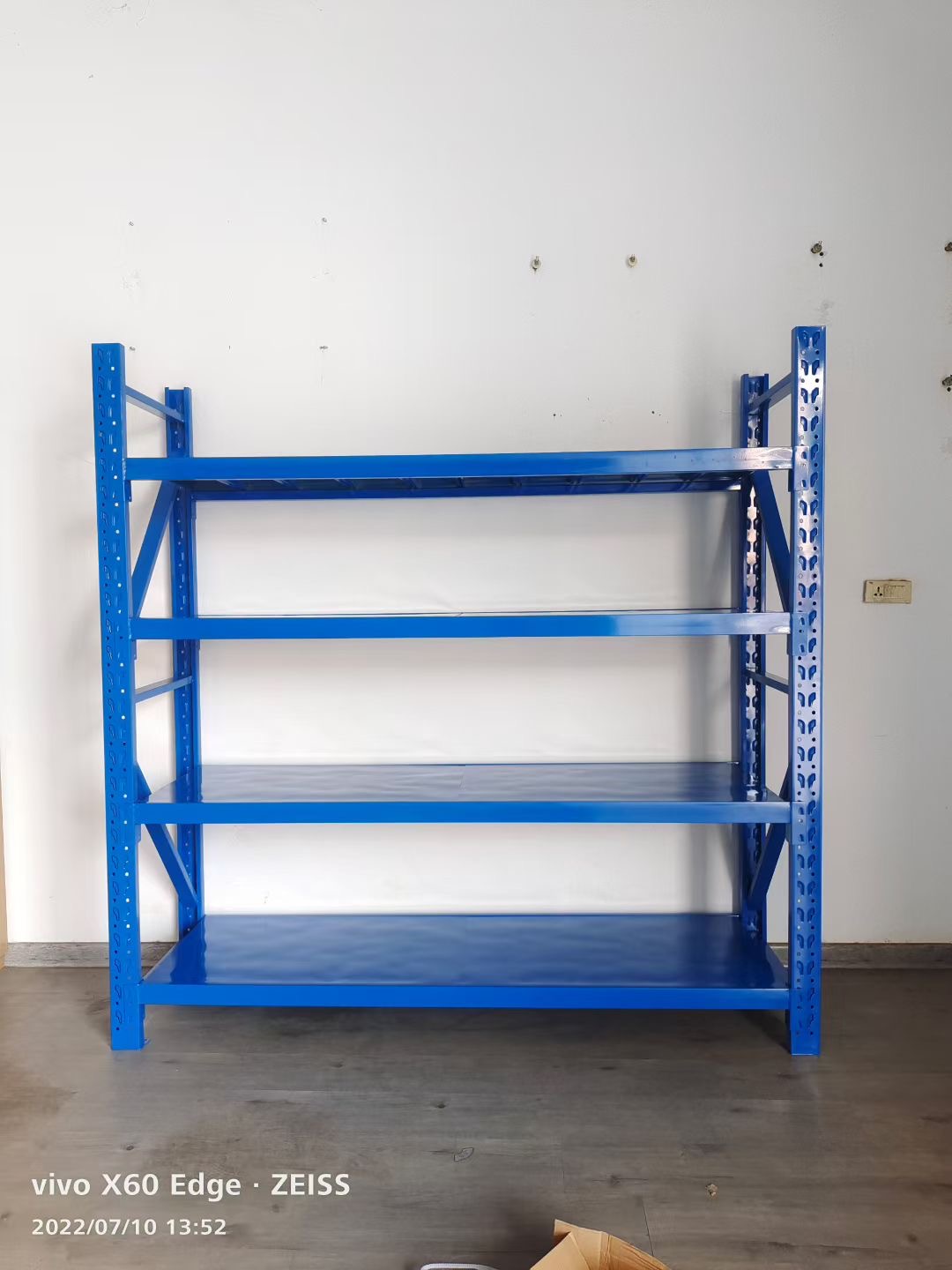In the ever-evolving landscape of global trade, securing the best freight shipping rates is a critical concern for businesses of all sizes. Whether you are a small e-commerce startup or a large multinational corporation, the cost of shipping can significantly impact your bottom line. This article delves into advanced strategies and insights that can help you navigate the complexities of freight shipping and optimize your shipping costs effectively.
Understanding Freight Shipping Rates
Freight shipping rates are influenced by a multitude of factors, including distance, weight, dimensions, shipping mode (air, sea, rail, or truck), and the nature of the goods being transported. Understanding these variables is the first step in your quest for the best rates.
- Distance and Route Optimization: The distance between the origin and destination plays a pivotal role in determining shipping costs. However, it’s not just about the miles; the route taken can also affect the price. Utilize route optimization tools to identify the most efficient paths that minimize transit times and costs.
- Weight and Dimensions: Freight carriers often charge based on the weight and size of the shipment. It’s essential to accurately measure and weigh your cargo. Consider using dimensional weight pricing, which takes into account the volume of the package, especially for lightweight but bulky items.
- Shipping Mode: Different modes of transport come with varying costs. Air freight is typically faster but more expensive, while sea freight is more economical for larger shipments but takes longer. Assess your delivery timelines and choose the mode that aligns with your business needs.
Strategies to Secure the Best Rates
- Leverage Technology
Investing in freight management software can provide you with real-time data and analytics to make informed decisions. These platforms often offer features such as rate comparison tools, shipment tracking, and automated booking processes, which can streamline your operations and reduce costs.
- Build Strong Relationships with Carriers
Establishing long-term partnerships with freight carriers can lead to better rates and service. Carriers often reward loyal customers with discounts and priority service. Regularly communicate with your carriers to negotiate rates based on your shipping volume and frequency.
- Consolidate Shipments
If you frequently ship smaller loads, consider consolidating shipments to maximize space and reduce costs. By combining multiple orders into a single shipment, you can take advantage of bulk shipping rates, which can significantly lower your overall expenses.
- Explore Freight Forwarders
Freight forwarders act as intermediaries between shippers and carriers, offering expertise in logistics and often securing better rates due to their volume of business. They can also provide valuable insights into customs regulations and documentation, ensuring a smoother shipping process.
- Utilize Freight Auctions
Freight auctions allow shippers to post their shipping needs and receive bids from carriers. This competitive bidding process can lead to lower rates, as carriers strive to win your business. Platforms like uShip and Freightos offer such services, enabling you to compare multiple offers quickly.
Additional Considerations
- Seasonal Trends
Shipping rates can fluctuate based on seasonal demand. For instance, during peak holiday seasons, rates may increase due to higher demand for shipping services. Plan your shipments strategically to avoid these spikes and take advantage of off-peak rates.
- Understand Additional Fees
Be aware of potential additional fees that can inflate your shipping costs, such as fuel surcharges, customs duties, and handling fees. Understanding these charges can help you negotiate better rates and avoid unexpected expenses.
- Review and Adjust Regularly
The freight shipping landscape is dynamic, with rates and services constantly changing. Regularly review your shipping strategies and costs to identify areas for improvement. Conducting periodic audits of your shipping expenses can uncover hidden costs and opportunities for savings.
Conclusion
Securing the best freight shipping rates requires a multifaceted approach that combines technology, strategic partnerships, and a deep understanding of the shipping landscape. By leveraging these strategies, businesses can optimize their shipping processes, reduce costs, and ultimately enhance their competitiveness in the global market. Remember, the key to success lies in continuous evaluation and adaptation to the ever-changing logistics environment.






